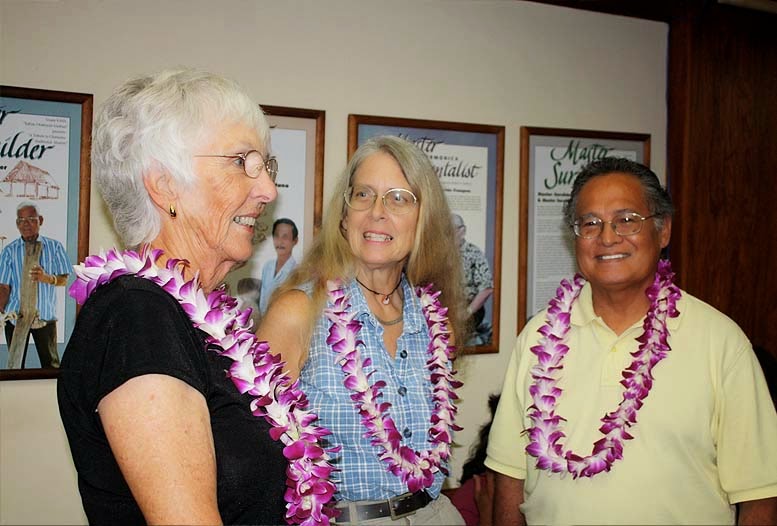Hope Cristobal's Testimony on Saving the Manuel FL Guerrero Building
TESTIMONY IN THE PRESERVATION OF CHAMORRO MODERN HISTORY: 1950 - 1970 A.D.:The historic Governor Manuel F.L. Guererro Administration Building(DOA), Hagatna by Senator Hope Alvarez Hope Cristobal -OPI(R) Senator Rory J. Respicio, Chairman Committee on Rules, Federal, Foreign & Micronesian Affairs, Human & Natural Resources, Election Reform and Capitol District Mina’ Trentai Tres Na Liheslaturan Guahan 2015 (First) Regular Session March 4, 2015 Reference: Bill No. 32-33 (COR) Hafa adai, Senot Presidente Rory Respicio, Senator Tina Muna-Barnes yan Speaker Judith WonPat: Thank you for this opportunity to present testimony on Bill 32-22(COR)—the demolition of the Gov. Manuel F.L. Guerrero Building in Hagatna also known as the Dept. of Administration Bldg. To those of us who frequented the building in the days of the Department of Education and the Department of Administration for one reason or another. For the record, my name is Hope Alvarez Cristobal. I








